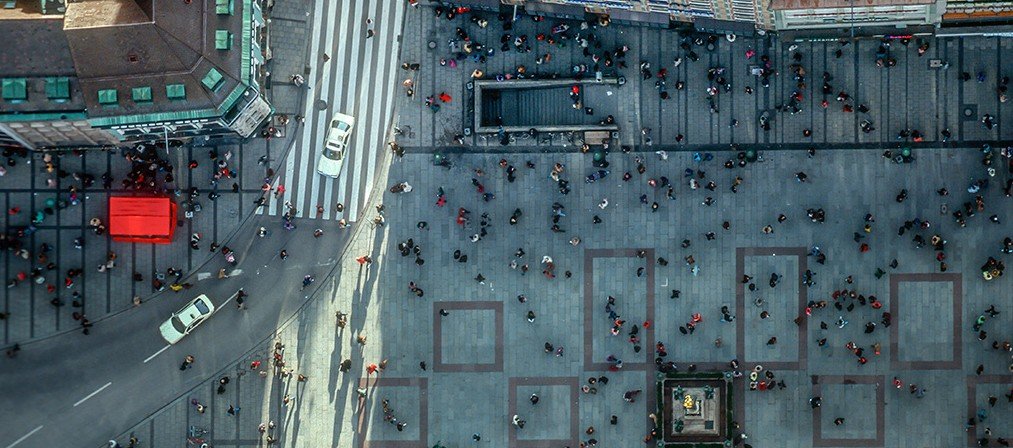We are HERE: Travel to the future with Mark Tabb, Director of Engineering

Next generation maps will soon be primarily consumed by the next-generation of automated vehicles and, as Director of Engineering at HERE, Mark Tabb and his teams are transporting us to that future.
For the next of our employee profiles, we chat with Mark Tabb, Director of Engineering at HERE Berkeley.
Please tell us about your role at HERE.
We are transitioning to an era where the vehicle itself will be the primary consumer of the map because it will be doing the driving — this fundamentally and profoundly changes the mapping industry.
Regular navigational maps are useful for regular driving, but we need something that provides much more than that for automated driving, which requires knowledge of every detail that could impact driving. Positioning, localization and mapping is being applied to enable safe vehicle-highway automation.

I have several teams of algorithm developers and engineers who are working on solving some basic R&D problems needed to support this transformation and quickly bring the solutions to market. This includes building and maintaining our HD Map product for Highly Automated Driving (HAD) — the most exciting project I have worked on at HERE so far.
We use many of the latest deep learning techniques to extract map features from vehicle data and aggregate it together. We are also developing our own simultaneous localization and mapping (SLAM) algorithms to precisely position vehicles in real time to our maps.
What is your background and how did you end up at HERE?
I’m an engineer at heart and have spent my entire career building and extracting information from all kinds of sensors. At DigitalGlobe, my team built machine learning systems to monitor all sorts of temporal changes seen by imaging satellites.
Think counting cars in parking lots and on roads, monitoring global oil storage and movement and detecting buildings and new construction. Prior to that, I was at a startup called Vexcel, which was acquired by Microsoft.
We built vehicle and aerial mapping systems that used cameras and LIDAR to collect and process data for Bing maps. This included imagery, 3D city models and extracted information like addresses and business names.
I have a Master’s of Science and Ph.D. degrees from the Beckman Institute at the University of Illinois, where I was a member of the computer vision and machine learning group, and a Bachelor of Science from Cornell University. HERE — and HAD in particular — are a natural fit for me.
{% set randnum = numbers|random %}
//
What is inspiring about living in Berkeley and working at HERE?
I have always been an avid cyclist, hiker and skier. Berkeley is great in that opportunities for all of these activities are available within just a few hours drive.
The Bay Area is also very much a hub of activity in the autonomous driving space. You walk into a coffee shop and can overhear people talking about it. I recently attended and presented at the fifth annual Automated Vehicles Symposium in San Francisco where U.S. Transportation Secretary Anthony Fox closed his talk by saying that autonomous cars are coming whether or not the world is ready.
At HERE, we are not only ready, but helping move autonomous driving capabilities forward. We know that advancement will take collaboration among industries in both the public and private sector and because of its wide-range of relationships, HERE is in a very good position to provide key elements of technology to enable progress.
I have the pleasure of working with a large number of really smart and passionate people who are trying to change both how maps are made, as well as redefine what a map is.
Have your say
Sign up for our newsletter
Why sign up:
- Latest offers and discounts
- Tailored content delivered weekly
- Exclusive events
- One click to unsubscribe
